
Official Edgar Rice Burroughs Tribute and Weekly Webzine Site Since 1996 ~ Over 10,000 Web Pages in Archive Presents Volume 4563 |

Official Edgar Rice Burroughs Tribute and Weekly Webzine Site Since 1996 ~ Over 10,000 Web Pages in Archive Presents Volume 4563 |

Eclectica Archive |

ECLECTICA v.2013.11 |
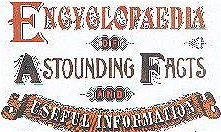
Eclectica Archive |

ERB ART |
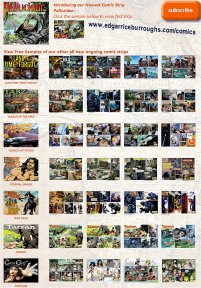
click for full-screen image |
Tarzan Tarzan of the Apes Carson of Venus Land That Time Forgot Pellucidar Cave Girl War Chief Eternal Savage . . . and even more in preparation! All for only $1.99 per month from www.EdgarRiceBurroughs.com/comics |
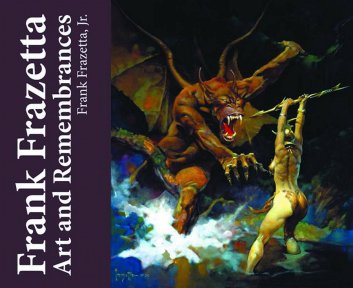
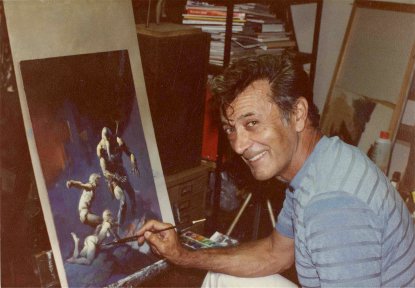
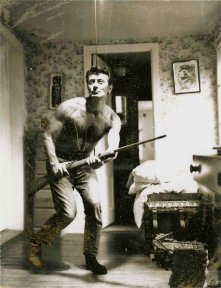
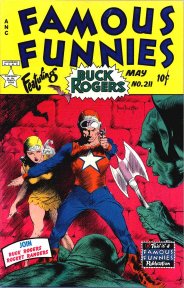
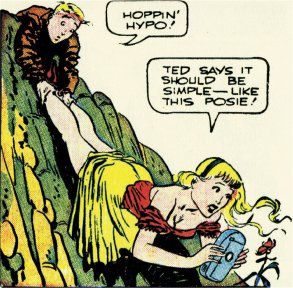
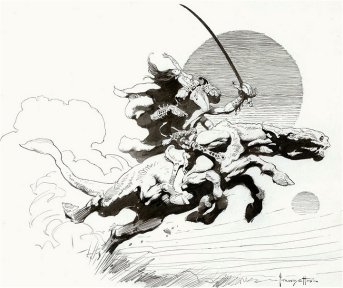
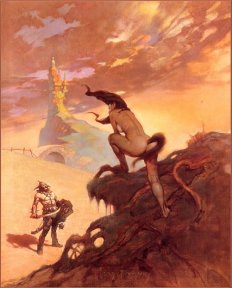
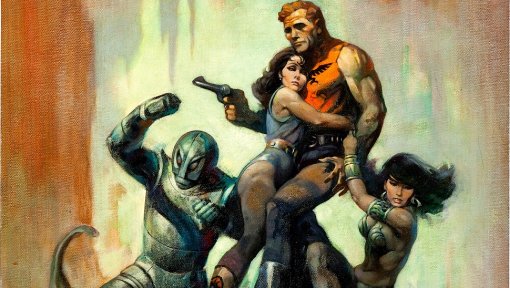
Most of us are pretty familiar with the art of Frank Frazetta: his amazing Edgar Rice Burroughs illustrations. His original creation, the Death Dealer. And so much else. But you haven't really learned the story of Frank Frazetta, unless you've read a brand new book, Frank Frazetta: Art and Remembrances. |

Visit the Frank Frazetta Galleries of ERB-Related Art www.ERBzine.com/ff |
![]()
THE LATEST ERB ART FROM MIKE
HOFFMAN
![]()
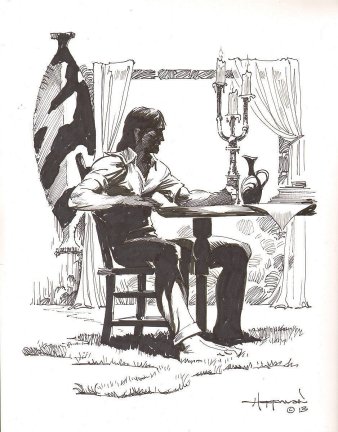
Lord Greystoke Reflects |
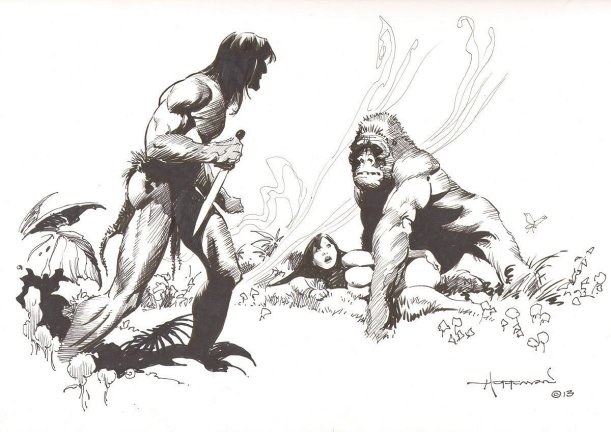
Jungle God, Jane, and Gorilla |
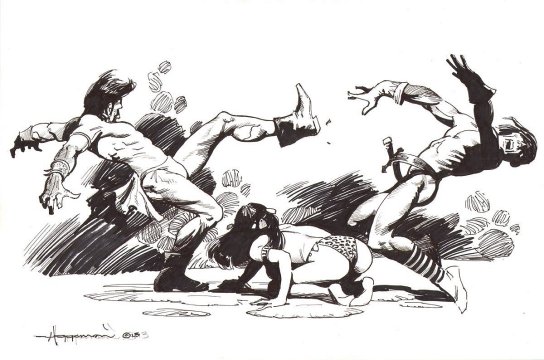

See More Mike Hoffman Art in ERBzine Why Tarzan Matters ECOF 2011 |
![]()
THOMAS YEATES
![]()
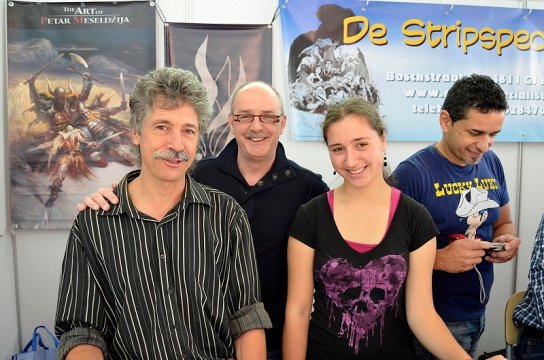
Artist Thomas Yeates in Holland
"Thomas Yeates and daughter during the Comicon at Breda (October
26th 2013)."
A photo from Ron de Laat

See the many Ron de Laat features in ERBzine and Visit Ron's ERB Website: www.hollandmeetserb.nl |
|
www.tarzan.org/yeates |

See More Neal Adams Art in ERBzine Ballantine Cover Art |
![]()

|
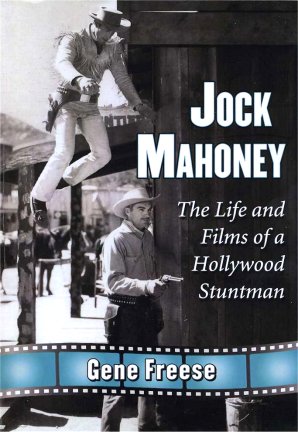
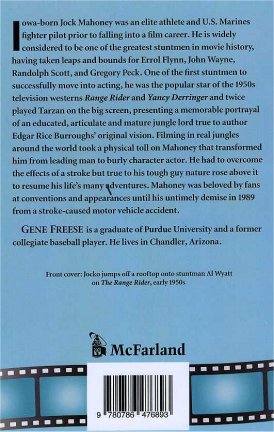 |
JOCK MAHONEY The Life and Times of a Hollywood Stuntman by Gene Freese Preface I became interested in Mahoney through watching his Tarzan films and was particularly intrigued by the physical hardships he faced filming in real jungles around the world. I wanted to learn more about his athletic accomplishments, military background, and the often anonymous work he performed as a stunt double for actors Errol Flynn, John Wayne, Randolph Scott, Gregory Peck and others. I cover Mahoney's entire life from his Iowa upbringing to the stroke and motor vehicle accident that claimed his life in 1989 at the age of 70. His professional career as a stuntman and actor is described in full detail. Less interest is paid to private aspects of his personal life, although these are discussed where pertinent or noteworthy. In researching Mahoney's life I viewed hundreds of individual film an television projects and collected background information on these titles from the Academy of Motion Picture Arts and Sciences library. I utilized all previously published Mahoney articles and interviews available in books, newspapers, periodicals, and the Internet. An Iowa historian was consulted for background on his childhood, and I received his military record from the National Archives. I had personal correspondence with more than 50 friends, family, and co-workers who knew or worked with him. This is the first scholarly book on the life of Jock Mahoney. Publisher: McFarland * www.mcfarlandpub.com * 1.800.253.2187 224 pages ~ Softcover Available in eBook format from all major eBook providers (e.g. Google Play, Amazon Kindle, etc.) Purchase from THE AUTHOR || PUBLISHER || AMAZON || or Favourite Book Seller |
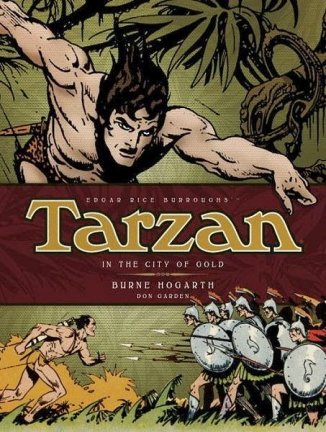
Coming spring 2014 from Titan Books Reprints of Hogarth's Tarzan |
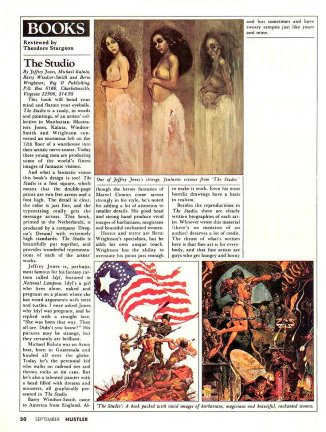
80s Review of The Studio Kaluta ~ Jones ~ Wrightson ~ Windsor-Smith |
 |
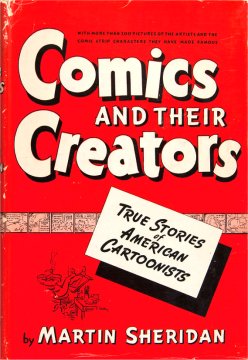 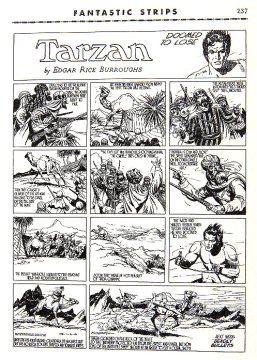 |
| A Golden Anniversary Bibliography of Edgar Rice Burroughs by Henry Hardy Heins.. Hampton Falls: Donald M. Grant, 2001. Special second edition. 1000 numbered copies, of which this is number 255. Signed by the author under the limitation statement. 428 pages. Composite leather binding in jacket and slipcase. |
| Comics and Their Creators by Martin Sheridan ~ Published in 1942 by Hale, Cushman and Flint. Contains 304 b/w pages on high quality stiff paper with numerous self-caricatures, specialty drawings and published examples. Includes Superman, Krazy Kat, Walt Disney, Tarzan, Popeye, Dick Tracy, Buck Rogers, Flash Gordon, Blondie, many others. |
 |
[Kindle Edition] Edwin Burrouf (Author), Bob Giordano (Editor) December 10, 2012 ~ 407 pages This edition compiles the first four tales of intrigue and discovery
during Powell's lifetime among the Martians. The first chronicles Powell's
arrival and subsequent enslavement to the Red Martian overlords, and his
eventual fight for freedom. The second story involves a lowly thief who
is thrust into the role of leader when Powell's freedom forces threaten
a slave-state. The third story relates the fall and rise of Barsoom's most
beautiful and malevolent femme fatale. The fourth and last tale in this
edition tells the story of Powell's battle against a despotic cult leader
and the secret the villain hides about the red planet.
|

See more ERB on Henry Stanley at The Edgar Rice Burroughs Personal Library and Buel's Heroes of the Dark Continent Buel's Dark Continent illustrations |
![]()

COLLECTIBLES |
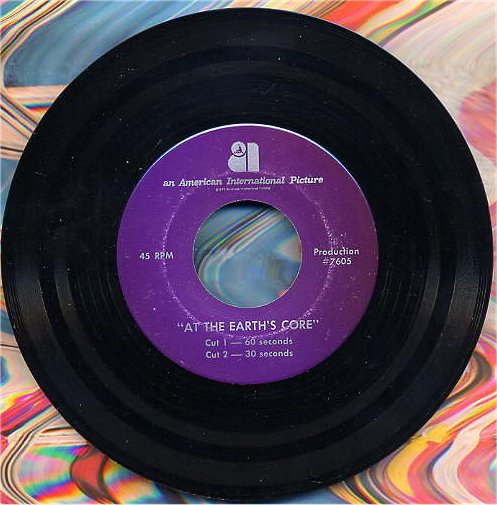
At The Earth's Core American International Movie Radio Spots Record with star, Peter Cushing |
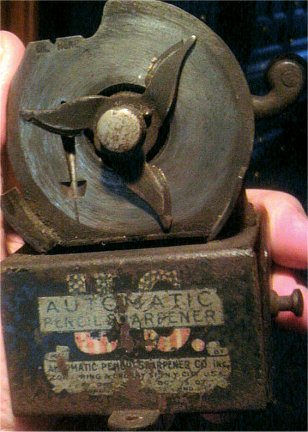
An early 1900s pencil sharpener similar to those that ERB sold before the start of his writing career. |
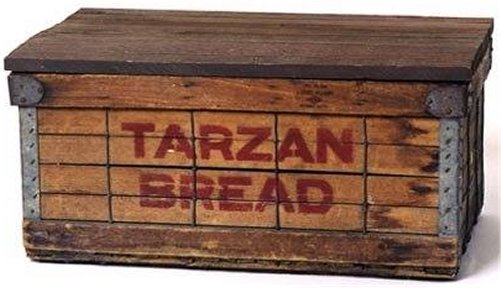
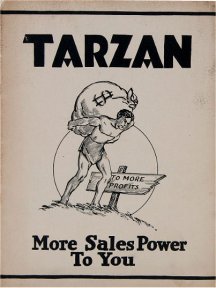

See more ERB Collectibles at: ERB Comics and Collectibles and ERBzine Eclectica Archive |
![]()

STAGE AND SCREEN |
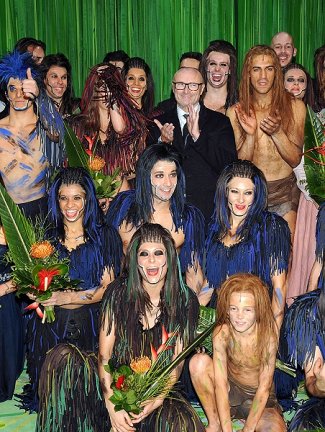
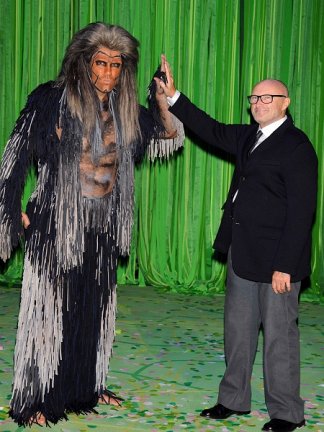
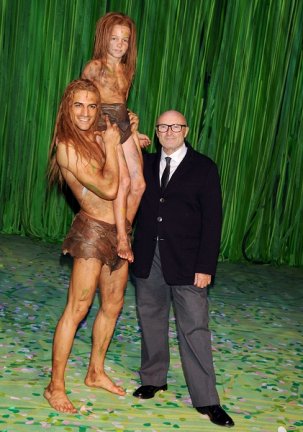
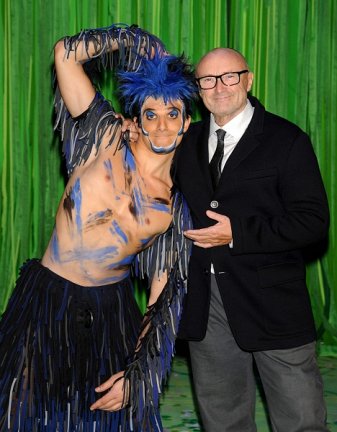
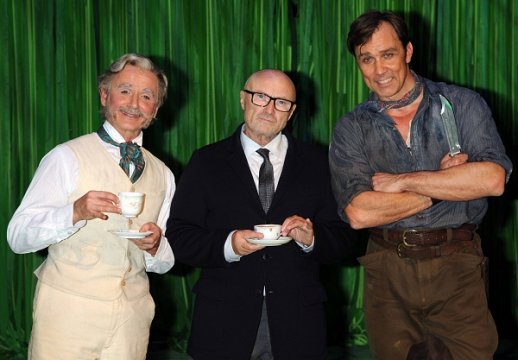

See the previous TARZAN THE MUSICAL Premieres Attended by ERBzine 
HOLLAND| BROADWAY| HAMBURG | UTAH |
![]()
Iconic Colleen Moore Fairy Castle
at MSI undergoing conservation
![]()
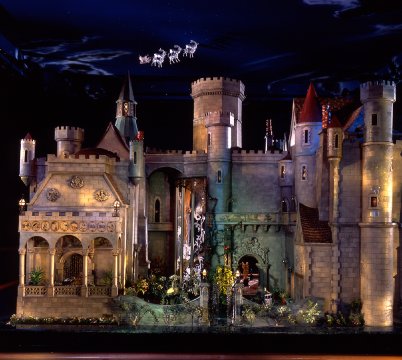
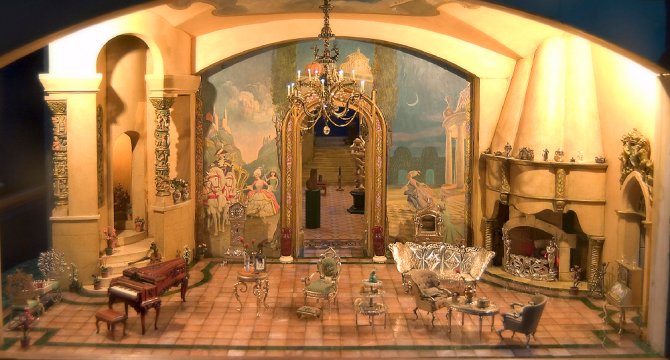
|

More photos of the Fairy Castle and Tarzan, Jr. at: Tarzan, Jr. by ERB
and JCB
|
|
|
Edgar Rice Burroughs Connection Series: Heroes Inspired by Tarzan Part I: Bomba Titles 1-5 Part II: Bomba Titles 6-10 Bomba the Jungle Boy: Films, Books, etc. |
|

See full Web coverage of the 2012 Centennial Celebrations at: Tarzana Dum-Dum Tarzana ECOF |
![]()

CARTOONS |

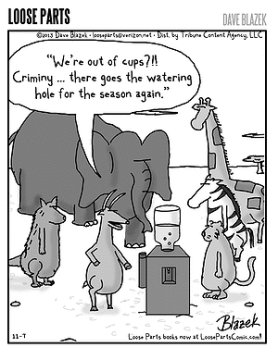
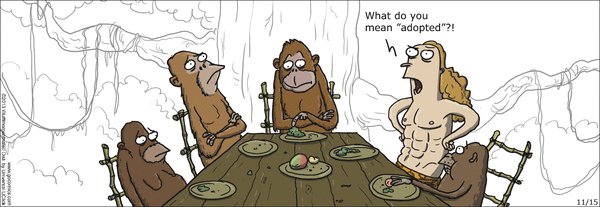
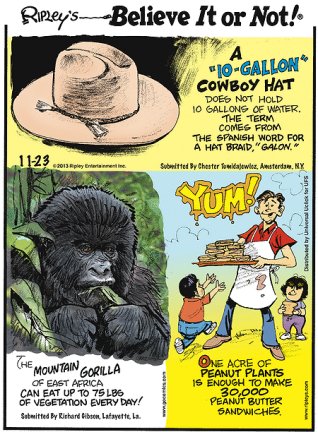

Visit the Tarzan Cartoons in previous Eclectica Issues: www.ERBzine.com/eclectica |
![]()
![]()

![]()

BILL
HILLMAN
Visit
our thousands of other sites at:
BILL
AND SUE-ON HILLMAN ECLECTIC STUDIO
All
ERB Images© and Tarzan® are Copyright ERB, Inc.- All Rights Reserved.
All
Original Work © 1996-2013 by Bill Hillman and/or Contributing Authors/Owners
No
part of this web site may be reproduced without permission from the respective
owners.